Here’s a Citroen for C-segment hatchback buyers that want some SUV looks and a taller ride height. The Citroen C4 Aircross will hit the market in the first half of next year as a rival to the Ford Kuga, Volkswagen Tiguan and Nissan Qashqai. Like the Mitsubishi Outlander based Citroen C-Crosser, this C4 Aircross is a French take on a Mitsubishi, in this case the ASX compact crossover.
Although the ASX’s compact proportions and that signature profile line remain, there’s no mistaking the C4 Aircross for anything but a Citroen. The Aircross’ light signature, visible by day and at night, is formed by the LEDs at the front, which are vertically aligned in the aerodynamic vents. The shape of the 18-inch wheels and the rear lights, directly inspired by the Hypnos concept car, has been reworked for optimal air flow.
Measuring 4,340 mm long, 1,800 mm wide and 1,630 mm high, the five seater Aircross has a 442 litre boot. A good portion of the roof is made up of a large panoramic glass. At night, the roof is lit up by the LED light guides built into it.
The C4 Aircross will come with PSA’s HDi 110 engine, mated to a 6-speed manual gearbox. Citroen says that this model will be one of the front-runners in its segment in terms of CO2 emissions. More performance comes in the form of the HDi 150 engine. Both are available in 2WD or 4WD form. It won’t be popular, but a 115 hp 1.6L petrol engine with 2WD and a 5-speed manual is also available.
Looking to sell your car? Sell it with Carro.
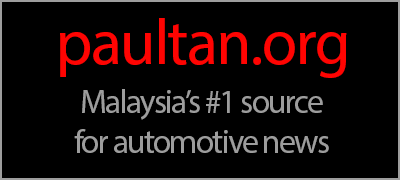

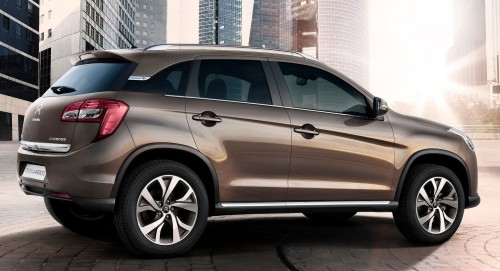
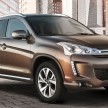
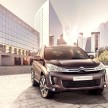
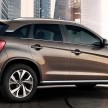
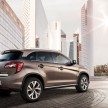
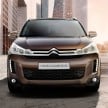
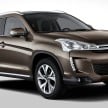
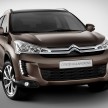

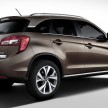
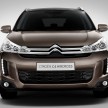
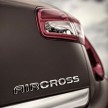

AI-generated Summary ✨
Comments mostly discuss the Citroen C4 Aircross as a platform sharing version of the Mitsubishi ASX, with some clarifying it's not just a rebadge but platform sharing, which involves more substantial design differences. Enthusiasts praise the design, noting it looks better and more luxurious than the ASX, while others mention Proton's efforts and limitations in creating distinctive designs. Several comments compare rebadging practices across brands like Peugeot and Citroen, arguing they involve more than badge swapping thanks to design and engineering considerations. Some comments criticize Proton’s minimal changes and engineering capabilities, and question the authenticity of rebadging versus platform sharing. Overall, the tone is a mix of admiration for the design and skepticism towards Proton’s approach, with some humor and national pride evident.